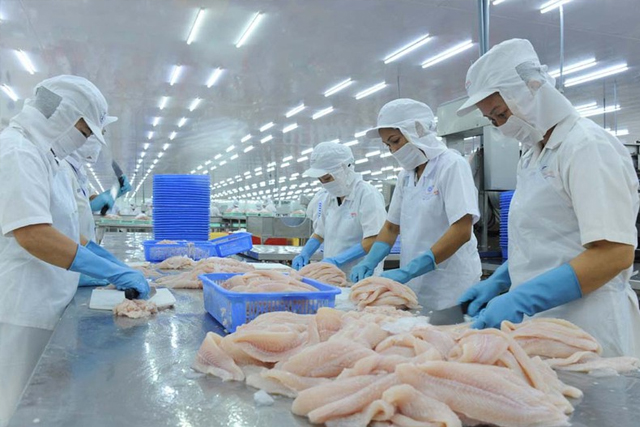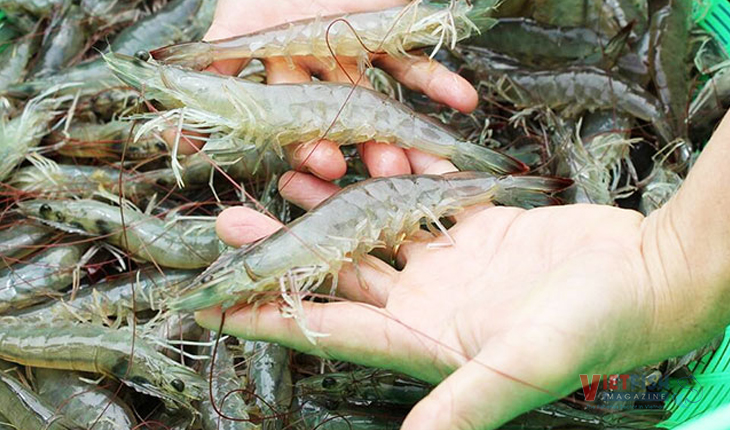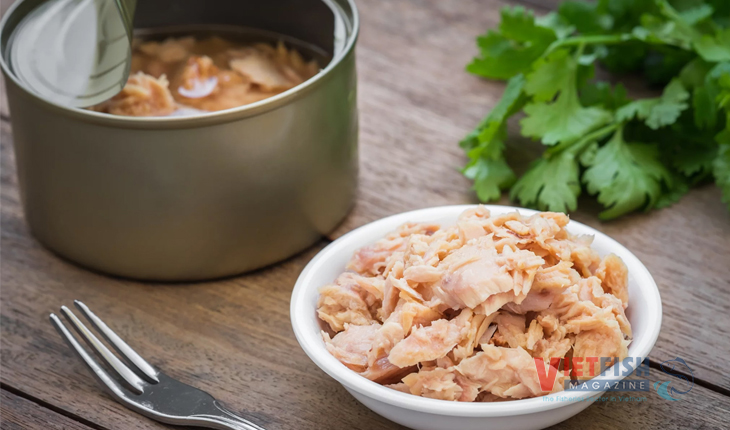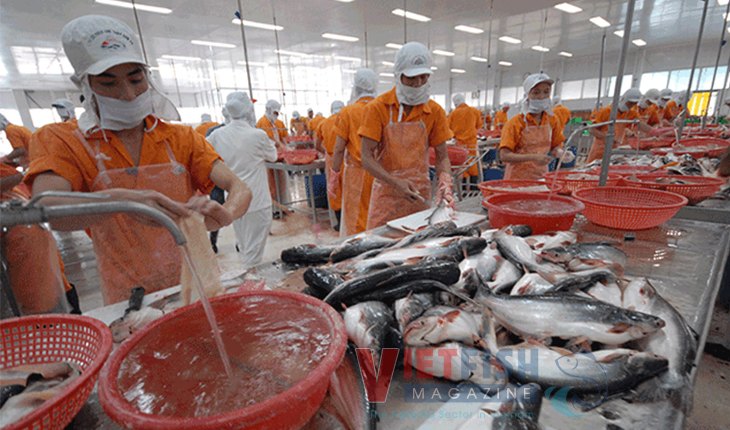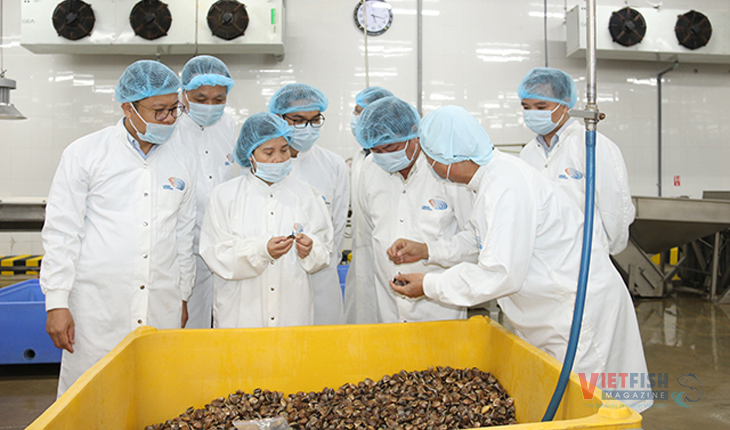The plunge in pangasius prices is not only driven by COVID-19
The price of pangasius in the Mekong Delta is sinking in a slump, backing farmers into a corner while the recovery is visionary. But it is not only attributed to COVID-19.
Have been falling
Nguyễn Thanh Bình, Director of the Châu Thành Cooperative of Seafood Production and Services in Đồng Tháp said that the prices of pangasius material are ranging between 18,000 and 18,500 dong/kg, deeply down from January 2020 (20,000-22,000 dong/kg), making farmers suffer from serious loss. As calculated by the agriculture and rural development industry, farmers are suffering from a loss of more than 3,000 dong/kg when pangasius is sold at 22,000 dong/kg.
The slump continues without a sign of halt. “The pangasius industry will recover in quarter III of 2020”, forecasted a representative of the Directorate of Fisheries at a conference of pangasius production and consumption amid the COVID-19 held by the Ministry of Agriculture and Rural Development in An Giang in May 2020. However, Assistant Professor and Doctor Nguyễn Phú Son of the Economic Department of the Cần Thơ University, said that an opportunity might come in the quarter III of 2020 at the earliest. The forecast is based on his scientific analysis. “The two biggest destinations of Vietnamese pangasius, the US and EU, are seriously suffering from the covid-19 pandemic.
Meanwhile, the recovery in the Chinese market, the largest importer of Vietnamese pangasius, has shown some signs, but it doesn’t go far enough, not to mention the continuing US-China trade tension.
Not only caused by Covid-19
“We don’t deny the impact of COVID-19 on exports which has driven the decline of pangasius exporting prices from 2.25-2.35 USD/kg in Jan to 2-2.3 USD/kg and poor sales”, stressed Sơn, “but the slump is not only attributed to the coronavirus outbreak. The pandemic was only the straw that broke the camel’s back amid the uncertainty of the pangasius sector.
The 2020 summer heat triggered the devastating salinity intrusion, attributing disease outbreaks, elevated production cost and retarded fish.
Meanwhile, local producers and exporters are in a lack of storage and preservation facilities, preventing them from buying pangasius material for stockpiles just in case. The pangasius sector continues to be put into a corner when the species pass the right harvest time for fillet processing standards assurance. Not only does this lose the opportunity of getting back to the buyers when exports are recovered, but farmers have to suffer serious losses.
When pangasius pass the harvest time for exports and weigh up to one kilogram each, they require much more feed but their growth speed is slow, according to the experienced aquaculture experts and pangasius farmers.
Overwhelming difficulties
So as to tackle the current situation, many small and medium sized farming facilities in two pangasius hubs An Giang and Đồng Tháp had traders bring pangasius to the side of the main road and sell them at 25-26 thousand dong/kg along. “Such price is half of one kilogram of salted vegetable, the lowest value dish among daily food”, said Master Nguyễn Phước Tuyên, an independent agriculture researcher in Đồng Tháp.
Selling pangasius, the nationally strategic goods, along the side of the road is just temporary because there is a great amount of unsold stock in actual; and it doesn’t go far enough when spontaneous cultivation has been causing the emerging imbalance between supply and demand.
In actual, after the pangasius prices hit the record in 2019 and farmers earned 2,000-3,000 dong/kg profit, there was an acceleration in pangasius farms with rice fields and even gardens being used for pangasius farming.
The farming area raised up to 1,000 ha in just one year, according to statistics by the Directorate of Fisheries. That was the highest number back to the history of the pangasius sector. In particular, the Mekong Delta had 5,025ha of pangasius farms in 20 years, but 2019 alone more 1,000 ha was added. Furthermore, negative environmental impacts may affect the production, livelihood, and health of local farmers if the discharged water is not well controlled in spontaneous farms.
VFM


